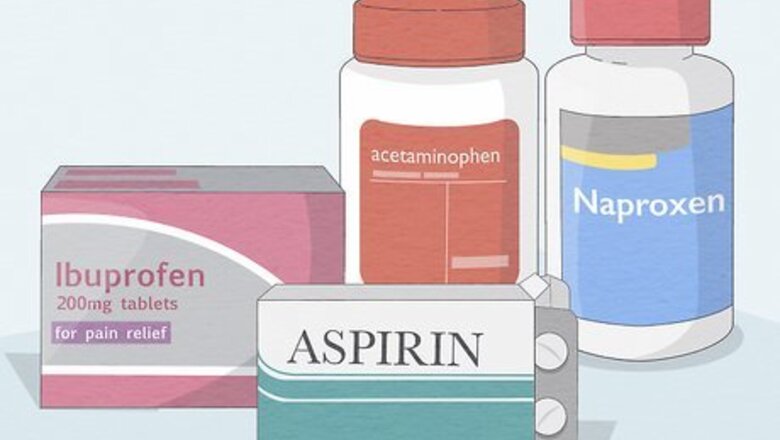
views
X
Trustworthy Source
Mayo Clinic
Educational website from one of the world's leading hospitals
Go to source
If you are suffering from an extremely bad headache, you may want to try relieving it at home or seeing your doctor if it is keeping you from performing your normal activities.
Easing the Headache at Home
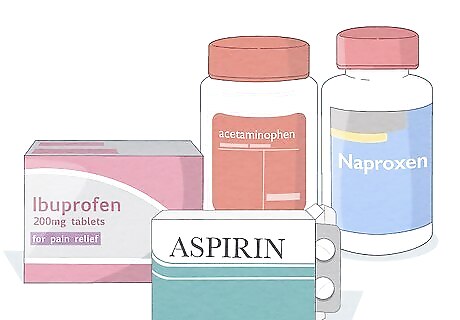
Take a pain reliever. Most headaches are easily treated with over-the-counter medications. Take an over-the-counter medication to help alleviate the pain. If the pain continues for a longer period of time, though, consult your doctor to rule out a more serious medical condition. Take acetaminophen, ibuprofen, aspirin, or naproxen to help relieve your headache. Over-the-counter pain relievers are good for relieving tension headaches.
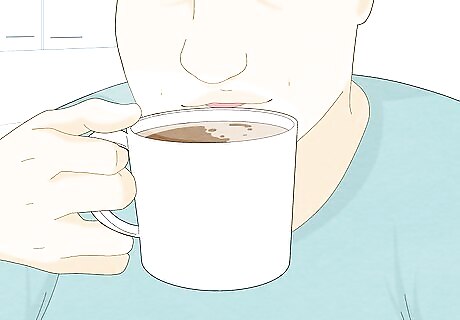
Drink some caffeine. Many over-the-counter headache medications have caffeine in them. There is some evidence that a small amount of caffeine may ease the pain of a headache, but drinking too much can cause withdrawal and have the opposite effect of making the pain worse. Have no more than 500 mg of caffeine daily, which is about five cups of coffee. Try drinking one cup of coffee, soda, chocolate milk, or tea for some caffeine-related relief. Drinking a caffeinated beverage may help relieve pain faster if taken in conjunction with a pain reliever because it helps the body absorb medication more quickly.
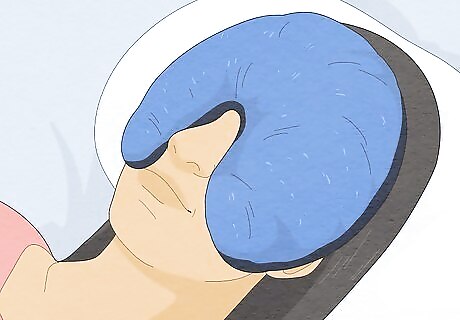
Use heat therapy. Using heat for your headache not only can relax the tense muscles in your head and neck, but it may also help alleviate the pain. From heating pads to warm baths, there are many different types of heat treatments that may help relieve an extremely bad headache.
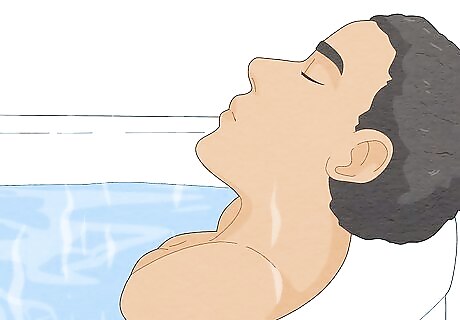
Take a warm bath or shower. Draw yourself a warm bath or hop in the shower. Warm water can soothe tense muscles and may help relieve your headache quickly. Make sure that the water is between 36 and 40 degrees Celcius (or 95 to 105 degrees Fahrenheit) so that you don’t burn your skin. You can use a thermometer to check the temperatures. A whirlpool tub can help relieve your headache because the jets will massage your muscles and relax you. Epsom salts can have a sedative effect and may help further relax you and relieve the headache.

Apply a cool compress. Use cool compresses to your head and neck. This can help reduce any swelling and relieve pain. You can use an ice pack as often as necessary for 20 minutes at a time. You can freeze a plastic foam cup full of water to gently massage the affected area. You can also try a bag of frozen vegetables wrapped in a dishtowel. The frozen vegetables conform to the shape of the neck and may be more comfortable than an ice pack. If it is too cold or your skin gets numb, remove the pack. Use a towel between the ice pack and your skin to help prevent frostbite.
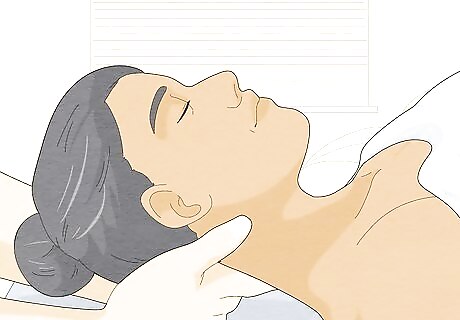
Get a massage. A head and neck, and even shoulder, massage can alleviate tension or muscle spasms that can cause a headache. A registered massage therapist (RMT) can feel the knots and tension in your muscles and massage them out. There are many types of massage available, including Swedish massage and deep-tissue massage. Your therapist will select an evidence-based approach and apply it during the session after obtaining informed consent. You can locate a qualified massage therapist either online or through a doctor’s recommendation. If you can’t get to a professional massage therapist, try self-massage. Rubbing your face, temples, or even just massaging your ears can help relieve a bad headache.
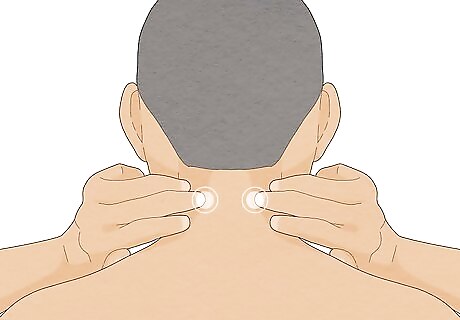
Perform acupressure to relieve pain. Some clinicians recommend stimulating acupressure points to help relieve neck and shoulder tension that cause headaches. By learning the five acupressure points and giving yourself an acupressure massage, you may help relieve your headache. Specifically, you want to stimulate the following acupressure points: GB 20 (Feng Chi), GB21 (Jian Jing), LI4 (He Gu), TE3 (Zhong Zhu), and LI10 (Shou San Li). The video at http://exploreim.ucla.edu/video/acupressure-points-for-neck-pain-and-headache/ can help you locate these points and also offers tips on how to employ acupressure for relieving your headache. If you prefer, you can find a practitioner of Eastern medicine in your local area to perform acupressure on you.
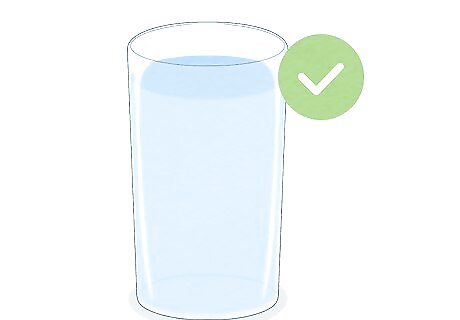
Drink water to get hydrated. Studies have shown that not consuming enough water contributes to headaches. Drink sufficient water to help relieve your headache. You don’t need anything more than water to keep yourself hydrated. If you prefer sports drinks or juices, make sure to drink them in conjunction with some water throughout the course of the day.
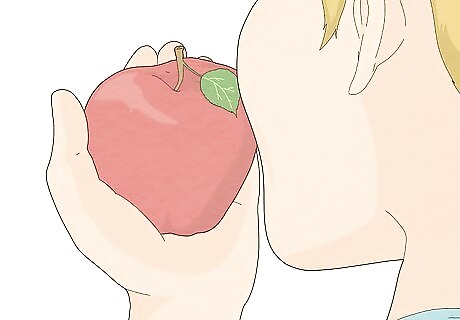
Eat a small snack. Some headaches are caused by not eating enough. Have a small snack if you haven’t had anything to eat recently, which may help relieve the headache. Fruit, nuts, granola, and canned soups are good snacks. You could also eat yogurt or some hummus and pita. If you are experiencing any nausea or vomiting with your headache, you may not want or be able to keep anything down. In this case, try some broth. In addition, if you are experiencing these symptoms, you should see your primary care doctor.
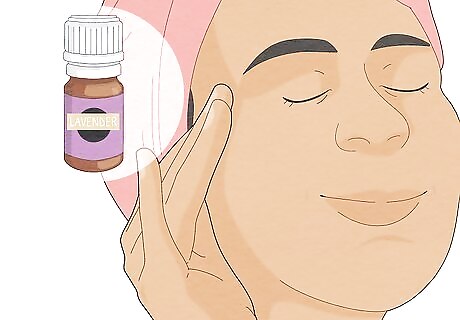
Soothe the headache with aromatherapy. Try using essential oils, which studies have shown can relax you. Certain scents, such as lavender, may help relieve your headache. Essential oils such as lavender, chamomile, rosemary, bergamot, peppermint and eucalyptus can help relieve a headache. There are many different ways to use essential oils. You can massage it into your temples or on your ears, or use a scent diffuser. Peppermint and eucalyptus candies may help alleviate the pain.
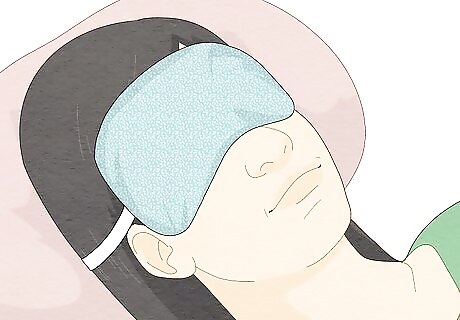
Nap in a dark and restful environment. Rest and relaxation can often help relieve the extreme pain of a headache. By controlling factors such as the temperature and darkness, having comfortable bedding or sleeping gear, and removing stimulating electronics, you may find your headache goes away quickly. Set temperature in bedroom to between 60-75 degrees for optimal sleeping conditions. Keep computers, TV and work materials out of room as much as possible to help yourself rest without stress or stimulation. Light stimulates you to be awake, so make sure that your room is dark enough to help your brain rest and fall asleep. You can use curtains or eye masks to help with rooms that are exposed to a lot of light. Noise will also keep you from getting to sleep and may exacerbate your headache. Keep your room as quiet as possible and consider a white noise machine to combat any loud noises that may filter into your bedroom. A comfortable mattress, pillows, and bedding can help you relax and fall asleep.
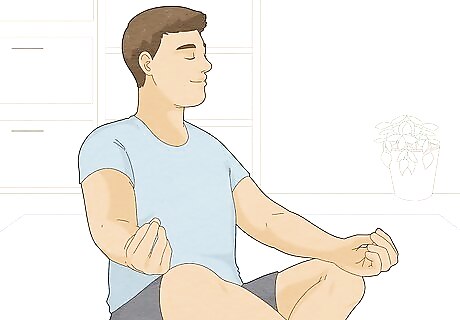
Meditate for a few minutes. Meditation is a powerful method to improve headaches. Allot a few minutes to meditate when you have a headache, which may help you relax and relieve the headache. Meditation can force you to unplug from distractions around you. Having this unplugged time can help you relax. Start with five to 10 minutes of meditation and gradually increase your time as necessary. Find a quiet and comfortable place where you’ll be uninterrupted. By eliminating any distractions, it is easier to focus on your breath, relieve pain, and let go of any thoughts or sensations that may arise. Sit upright and still and close your eyes. Proper posture is a vital part of meditation. It allows your breath and blood to flow, which helps your brain learn to focus on one point. Closing your eyes will help keep distractions at bay. Breathe easily and evenly. Don’t control your breath; rather, let it come and go. An excellent technique to help your concentration is to focus solely on your breath by saying “let” on the inhale and “go” on the exhale.
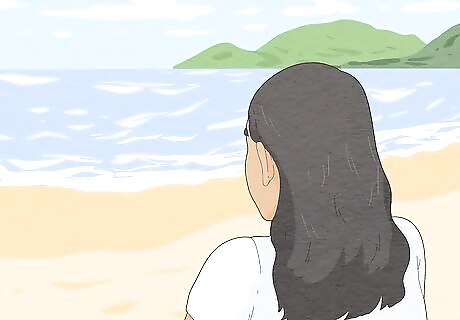
Frame yourself in a relaxing location. If you’re in a place that is making your headache worse, think of being someplace else, such as a beach. Framing is a behavioral technique that can help you shape how you think and feel about specific situations and may help relieve your headache. For example, if you have a really bad headache and have screaming children around you, take a deep breath and think of yourself on a beach in Hawaii or someplace else you’d rather be.
Consulting a Doctor for Treatment
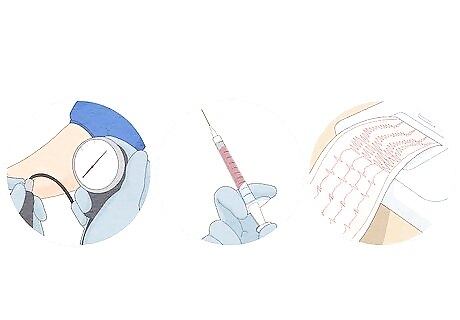
Consult your physician. If home treatments do not help your headache, see your doctor. She can rule out underlying conditions and formulate a treatment plan for you. Your physician will zero in on the correct diagnosis and exclude competing diagnoses in an attempt to pick the correct therapy. She will determine the need for additional testing at this appointment, which may include but is not limited to a blood pressure check, additional cardiovascular review, blood work, head imaging, and more.
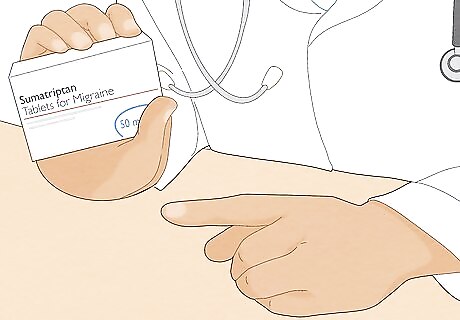
Ingest prescription or preventative medications. Depending on the severity and type of headache you have, your doctor may prescribe you a powerful pain reliever as well as a preventative medication to help stave off further headaches. Your doctor may give you prescription pain relievers including sumatriptan and zolmitriptan. Your doctor may give you preventative medications including metoprolol tartrate, propranolol, amitriptyline, divalproex sodium, and topiramate. Many of the preventative medications are especially effective on migraines because they counteract blood vessel constriction or the painful dilation stage. Some antidepressants may also help prevent extremely bad headaches.
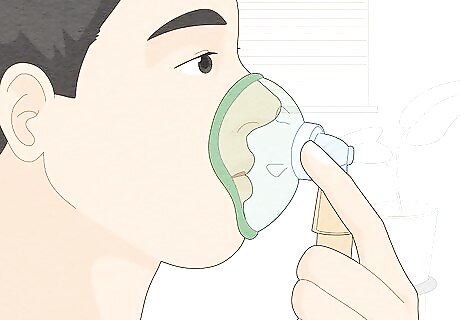
Try oxygen therapy for cluster headaches. If you suffer from cluster headaches, oxygen therapy is considered to be one of the best treatments. You will inhale oxygen through a face mask, and your headache may be relieved in as little as 15 minutes. Oxygen therapy is most effective when used right at the start of a headache. You must resume treatment when another headache begins.
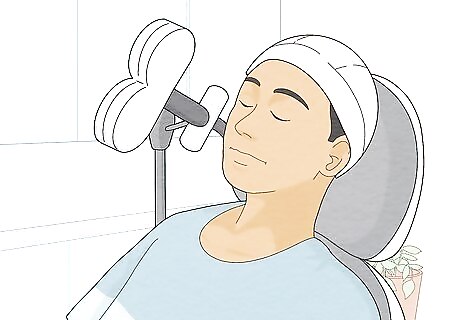
Consider other treatments. There are other, more rare treatments you may want to discuss with your doctor. These include botox injections and transcranial magnetic stimulation. There are some studies showing that Botox, which is the Botulinum toxin type A, can help relieve and prevent bad headaches. Discuss this with your doctor should your headache not improve with standard therapy. Transcranial magnetic stimulation uses electric currents to stimulate nerve cells in the brain, which may help minimize the pain associated with headaches as well as their recurrence.










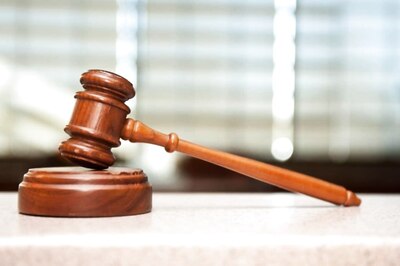




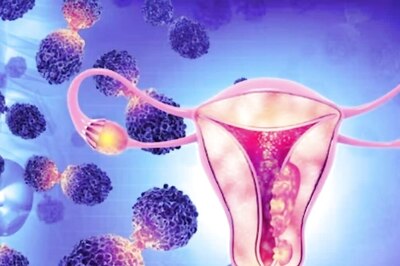




Comments
0 comment